TERMITE AWARENESS WEEK
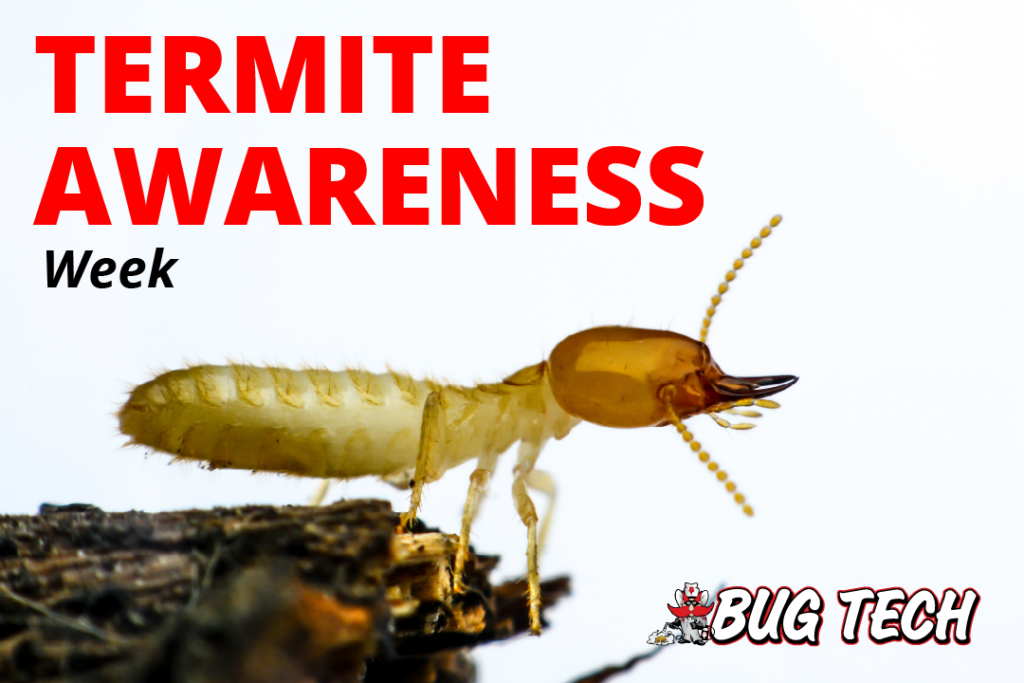
They’ll eat you out of house and home, literally! Termites cause more than $5 billion in repair costs to homeowners each year, according to the National Pest Management Association (NPMA). That’s one reason why NPMA created Termite Awareness Week during the first full week before spring. This year, Termite Awareness Week happens to be March 7-13, 2021.
Termite Awareness Week is all about education, reminding us about the property risks and costly damage associated with termites. Termite infestation is not a do-it-yourself task; it demands a professional pest management expert to help protect your most significant investment, your home.
As the weather warms, termites become more active and damaging. They never stop, never sleep, and perpetually chew on wood. And they eat about a pound of wood a day! Since most homeowner’s insurance doesn’t cover the cost of termite damage, learning to identify a termite infestation is crucial.
IDENTIFYING TERMITES
Termites are small, similar to ants, and can be hard to identify with an untrained eye. Termites live together in large colonies. As spring approaches, swarmers, winged termites, will search for a suitable home. Often buildings that have sustained damage from severe winter weather are perfect landing spots for termite swarms. If swarmers determined your home to be a good fit, it’s likely that the rest of the termite colony will follow.
In West Texas, we see two types of termites- subterranean termite and the drywood termite. Subterranean termites are most common. These underground termites travel in mud shelter tubes. Much like bees, subterranean termites have roles in the colony. For example, there are worker termites, soldiers, and reproductive termites, and each has a slightly different appearance.
Drywood termites have a thick waist, short legs, and straight antennae. They have two sets of wings that are both the same length. Unlike subterranean termites that nest in the found, subterranean termites nest inside the wood they are infesting. Driftwood termites often build their colony nest underneath eaves and roof shingles. Warm days after rainfall are the most common times for termites to move and swarm in Texas.
SIGNS OF TERMITES
Identifying termites is often best done by knowing how to spot signs of an invasion. Hard-to-close doors and windows are a sign of termites. The moisture that termites produce when consuming wood within doors and window frames causes wood to become warped, making it difficult to shut or open windows and doors.
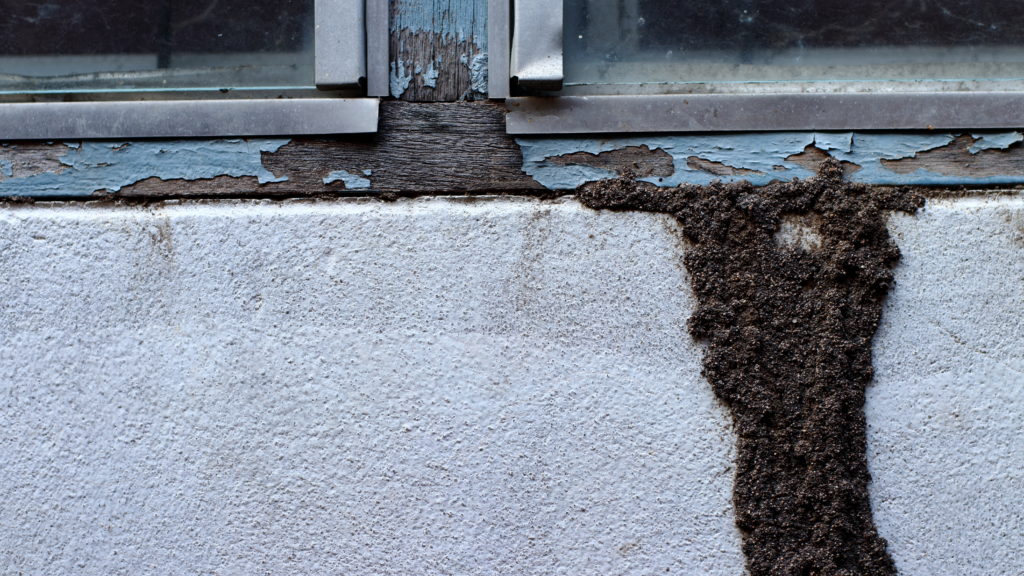
Wood tunnels are another telltale sign that termites are feasting on your home. Termite galleries are the burrows in the wood made from termites. These wood tunnels are easy to spot, and another sign that these wood-eating pests have infested your home.
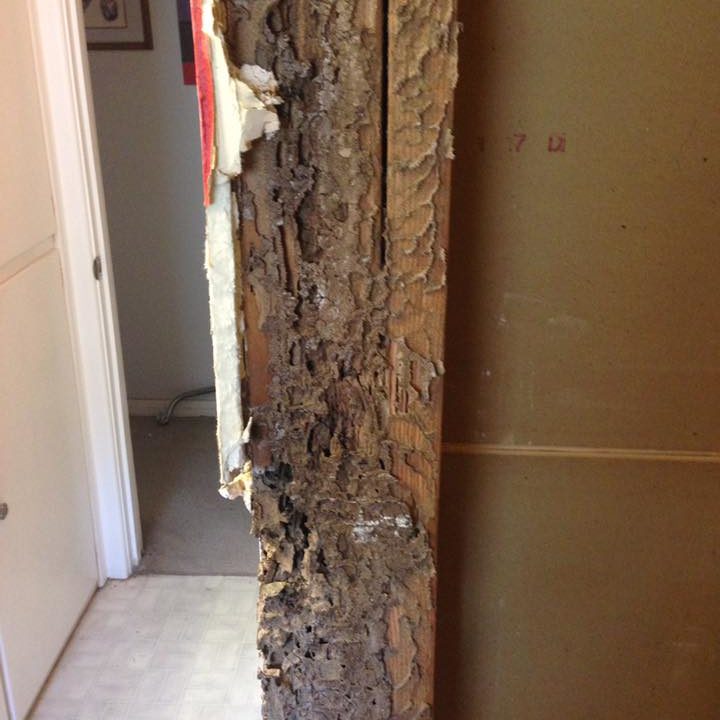
Discard wings or droppings are another sign that termites are lurking in your home. Termites swarm in the spring near well-lit, warm areas. Afterwards, they will shed their wings.
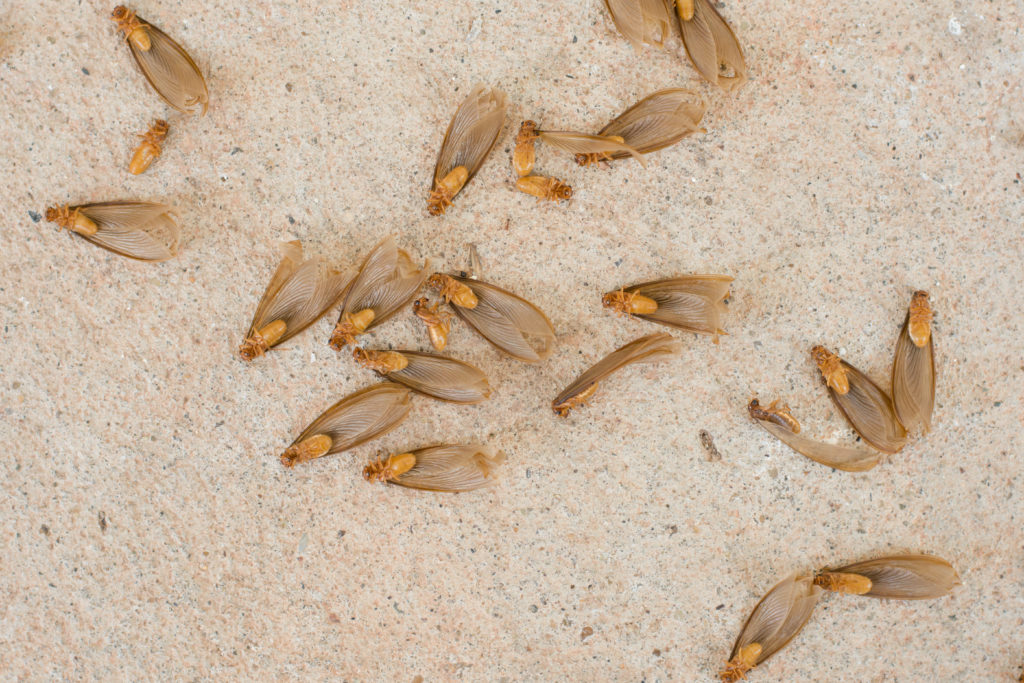
Drywood termites may leave behind small, wood-colored pellets left behind as they chew their way through your walls or floors.
You can spot subterranean termites by their mud structures and tubes around your home on hard surfaces or your foundation. Termites will create these tubes from moist soil to get from their colony to their food source.
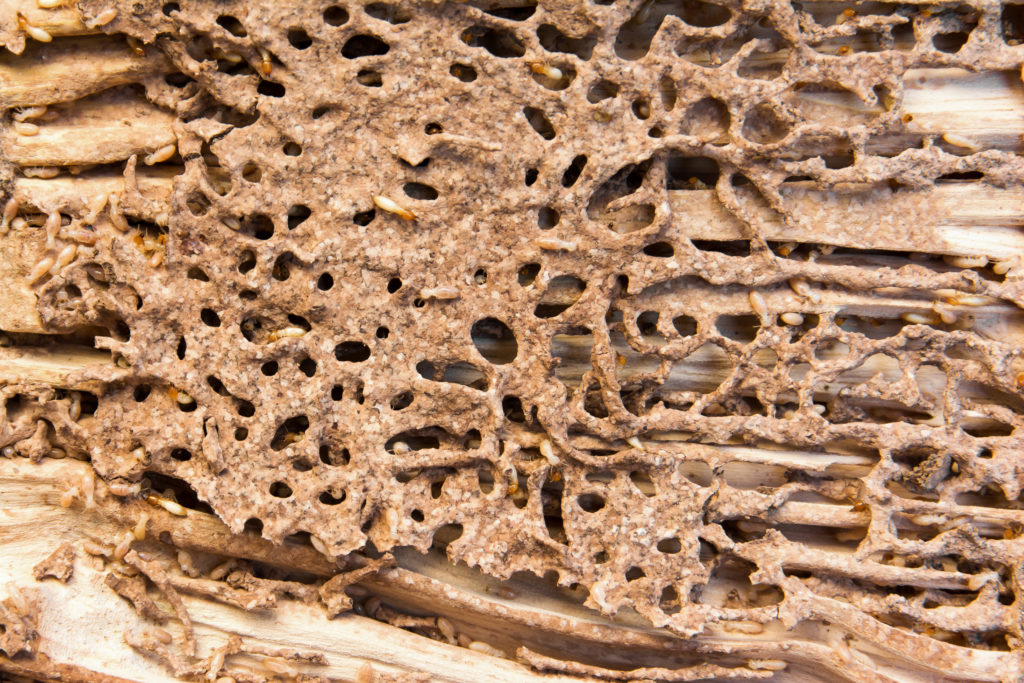
GETTING RID OF TERMITES
If you suspect termites in your home, there’s no time to lose! Don’t wait for Termite Awareness Week to remind you to watch for termite signs. Not only do they consume wood quickly, but a mature termite colony typically contains at least 60,000 termites. That much collective chomping averages 2 feet of 2×4 of wood in a year. Because they tunnel in and eat the wood from the inside out, termites can damage the structural integrity of parts of your home within just a few months.
The first step is to schedule a professional termite inspection to determine the species of termite, the extent of current damage, and the most effective termite treatment. Local knowledge is paramount. Working with a local pest control company like Bug Tech who knows and understands the termites found in this area, will ensure the most effective results.
During a termite inspection, the technician should search in your home’s crawl space for any signs of damage. Certified technicians should also walk the outside perimeter of your home, searching for risks, such as trees hanging over the roofline. Additionally, an inspector should check each water point into your home – water points are a significant entryway for pests to enter any type of building as they penetrate the building’s foundation.
Depending on the amount of damage, location, and size of the colony, there are various effective termite treatment options, including spot treatments, perimeter treatments, and whole house treatments.
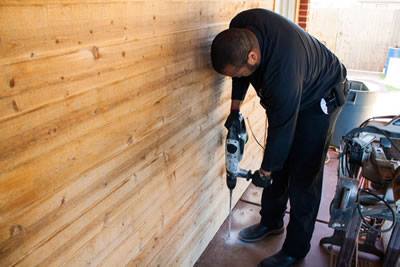
Being aware of termites is the first step in protecting your home from the damage it can cause. If you see any of these termite invasion signs around your home or office, don’t delay and don’t DIY. Remember, termites work fast, and they’re always hungry!

